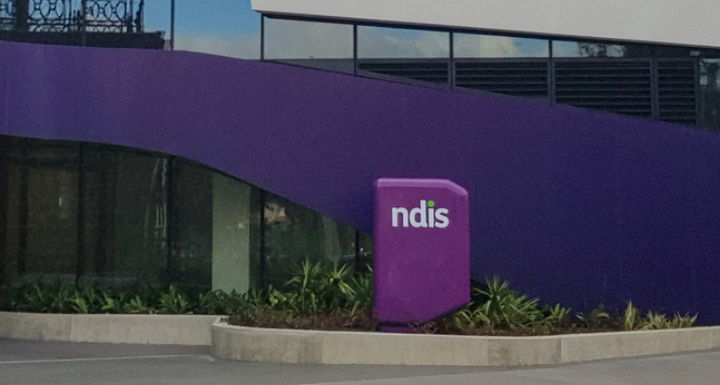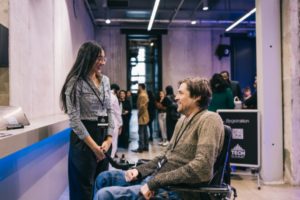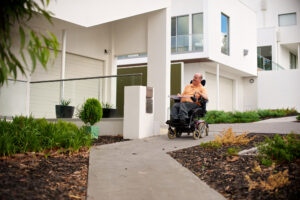Latest $280 Million NDIS Investment Explained
The National Disability Insurance Agency (NDIA) has announced two major projects to improve the National Disability Insurance Scheme (NDIS). With funding and advice from the NDIS Review, these changes aim to make the scheme fairer, easier to use, and more helpful.
$280 Million to Better Understand NDIS Support Needs
The Australian Government is investing $280 million into helping the NDIA work out what support people need. This money will create a new way to assess needs, focusing on what people require rather than just what they can do.
Here’s what this means:
- Less work for you: You won’t need to get your own reports or evidence to show what support you need.
- Fairer funding: Your budget will match your support needs better.
- More choices: You’ll have more options to arrange supports that work for you.
To do this, the NDIA will train 1,000 staff, and the government will pay for assessments so they’re free for everyone.
The NDIA is working with the disability community to design this new system. They’re asking for feedback from Disability Representatives, Carer Organisations, and the Independent Advisory Council. By early 2025, the NDIA will choose the best tools for understanding people’s needs.
The idea of having a consistent assessment process is to save time and money. However, with little information on how this will work, it’s not clear if it will help or cause problems for NDIS participants who now rely on reports and assessments from their own doctors, healthcare workers, and therapists.
$4.5 Million for a New NDIS Early Childhood Pathway
The government is also spending $4.5 million over two years to create a new pathway for children under nine. This new pathway will focus on early intervention to help children and their families achieve better outcomes.
Key parts of this pathway include:
- Proven early intervention methods: Using the best strategies to support children.
- Tailored support packages: Giving children and their families the help they need.
- A lead practitioner model: Ensuring high-quality, well-coordinated support.
The NDIA is working with families, people with lived experience, experts, and the wider disability community to design this pathway. The goal is to make it simple and effective for families to use.
NDIS Changes To Be Developed with the Disability Community
The NDIA is ensuring that these changes are developed with the help of the disability community. They’re holding consultations and asking for feedback to ensure that the updates meet the needs of people with disabilities, their families, and their carers.
For now, nothing changes for participants, families, or carers. The NDIA is taking its time to design these improvements carefully to make sure they work well.
NDIS participants and families can stay updated on the latest NDIS consultations by visiting the NDIS news page at https://www.ndis.gov.au/news and following the NDIS on social media. Connect with the NDIS on Facebook, Twitter, LinkedIn, and Instagram to stay informed.
Will the changes make the NDIS simpler and fairer?
These new projects are important steps to make the NDIS clearer, fairer, and more useful for everyone. They aim to give people the support they need to achieve their goals and improve their lives.
Lifely broadly supports the concepts behind these ideas and the investment in building a better NDIS for participants and families. We recognise the potential benefits of a consistent assessment process and improved early childhood pathways, as these initiatives aim to reduce burdens, increase fairness, and provide tailored support to those who need it.
However, without more detailed information from the government about how these reforms will be rolled out, including timelines, practical steps, and how they will address existing challenges within the scheme, we cannot comment on whether they will lead to meaningful improvements. We encourage transparency and ongoing collaboration with the disability community to ensure that these changes truly benefit participants, families, and carers.




